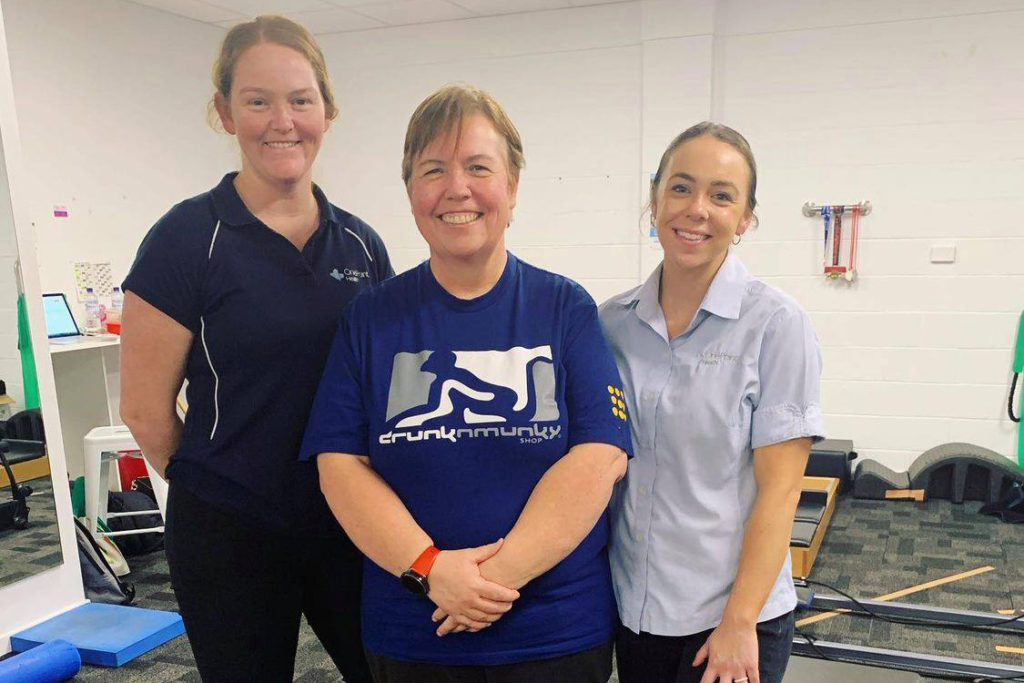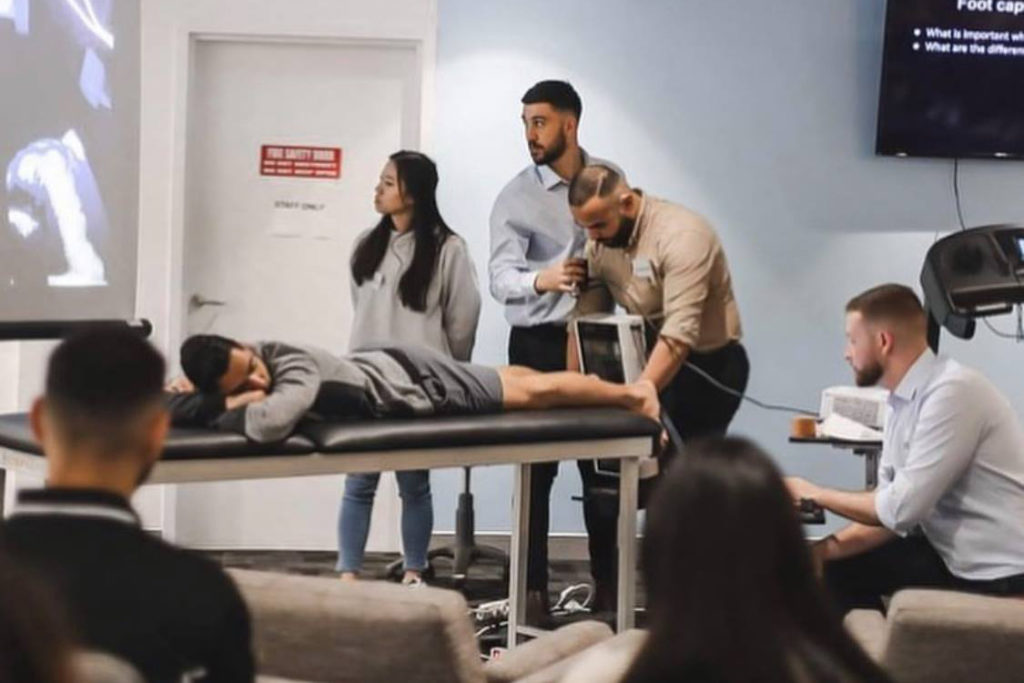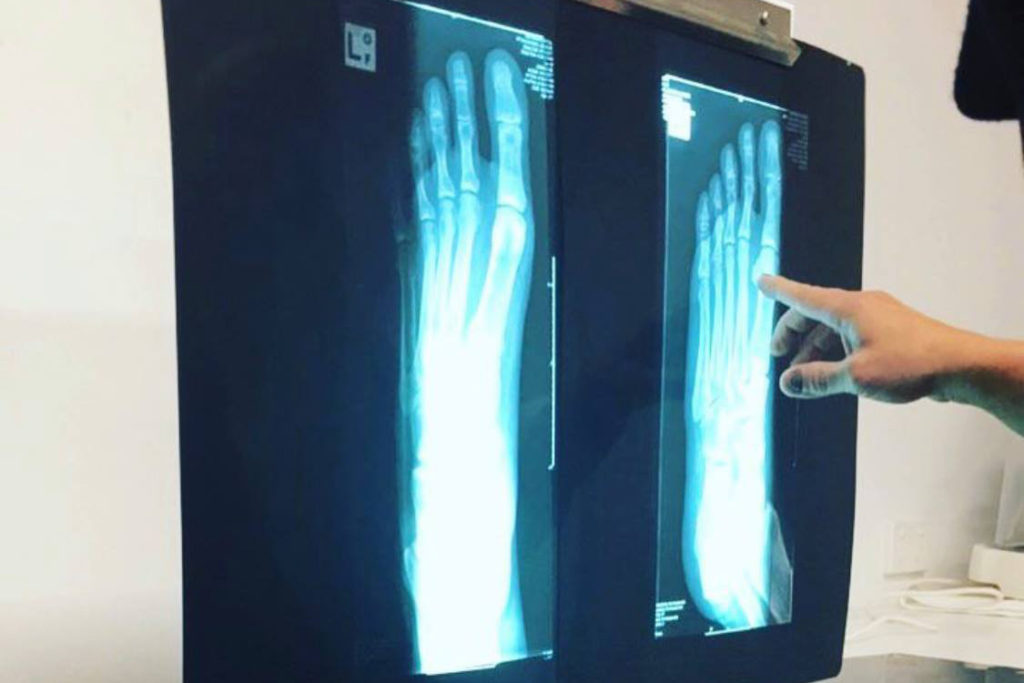Integrated Patient Care
From your General Practitioner to your Allied Health professional
Healthcare is an extremely broad field with countless aspects to it. With so many facets to health, choosing the correct healthcare/ medical practitioner can be confusing. Typically, most people start with their Family Doctor.
Typically, this is a good start, a general practitioner is a gateway to the healthcare system. They have broad training across almost all areas. If it is a simple issue it can be managed by them. However, the true power of a general practitioner is their ability to refer you to the most suitable person to get you better.
This is where Allied Health Professionals come in. At OnePointHealth we are lucky to have Physiotherapy, Podiatry, Chiropractors, Dietetics, Exercise Physiology and Remedial Massage as well as on-site Specialists. This makes OnePointHealth the perfect multidisciplinary clinic.
Why Integrated patient care and a multidisciplinary approach is important
Achieving higher quality care and better patient outcomes from having varied perspectives and enhanced satisfaction for the clients. Multiple health professionals looking broadly at the whole picture of their given situation rather than sticking to his or her own area of specialty. This setup allows each professional to share common thoughts, opinions and work together in order to address as many of the patients needs as possible. Successful outcomes require compliance, a multidisciplinary approach encourages patients to be active in their own care. Interventions are most successful when the patient and the therapists work together on creating a treatment plan in order to meet the patient’s goals.
Should I see a Physiotherapist or Podiatrist?
Firstly let’s address the difference between a Podiatrist and a Physiotherapist.
A podiatrist’s role in managing lower limb injuries is based on addressing causative factors through biomechanical analysis, footwear advice, or incorporation of orthosis. Whereas a physiotherapist helps patients to restore, maximise and maintain their physical strength and function through identifying potential physical or biomechanical issues.
Both professions deal with musculoskeletal injuries hence there can be overlap between the professions regarding the treatment of lower limb injuries. Being a part of a multidisciplinary practice, there are many benefits to both the health professional and the patients.
Examples of how we can integrate inpatient care
- A physiotherapist might be seeing a patient for an overuse knee injury and might want to liaise with a podiatrist regarding footwear advice or foot function contribution to help alleviate and prevent the condition from worsening.
- A podiatrist could be treating a patient for plantar fasciitis and a part of their rehabilitation will incorporate a physiotherapist to help manage their symptoms through addressing their level of strength or range of motion deficits.
Do I need a referral?
No, you don’t. You only need to call and make a booking.
To summarize, this is what I say to my patients. “If you’re sick or unsure, see your family doctor, if you’re sore or stiff, see your Physiotherapist”.
For the best chance to optimise recovery and get the most of your rehabilitation, please seek help from one of our health professionals at OPH.
There are many conditions and problems that we face whereby seeing our GP is our first port of call. Some conditions may require the help of the doctor to guide further investigations or treat medically but it is not always necessary. When it comes to musculoskeletal injuries, there is often scope for making a physiotherapist your first point of contact. We can assess and treat the injury and can always guide you back to the doctor if further help is needed. So when a patient often asks if they need a doctor’s referral to make an appointment to see us the short answer is no.. it is not required.











